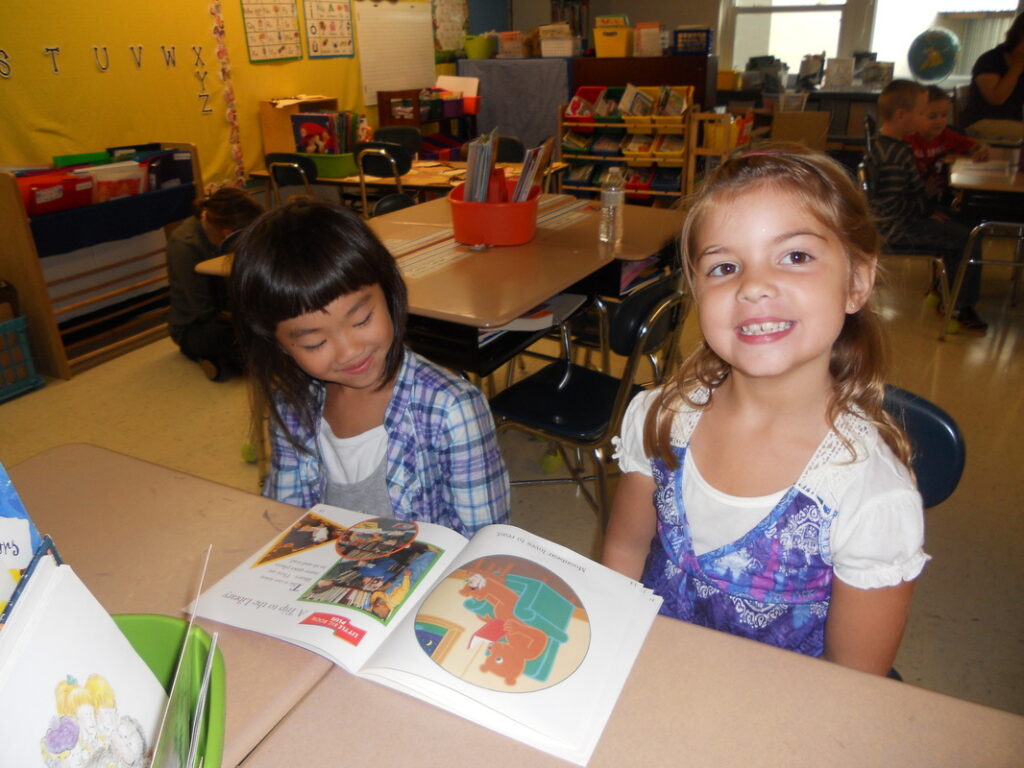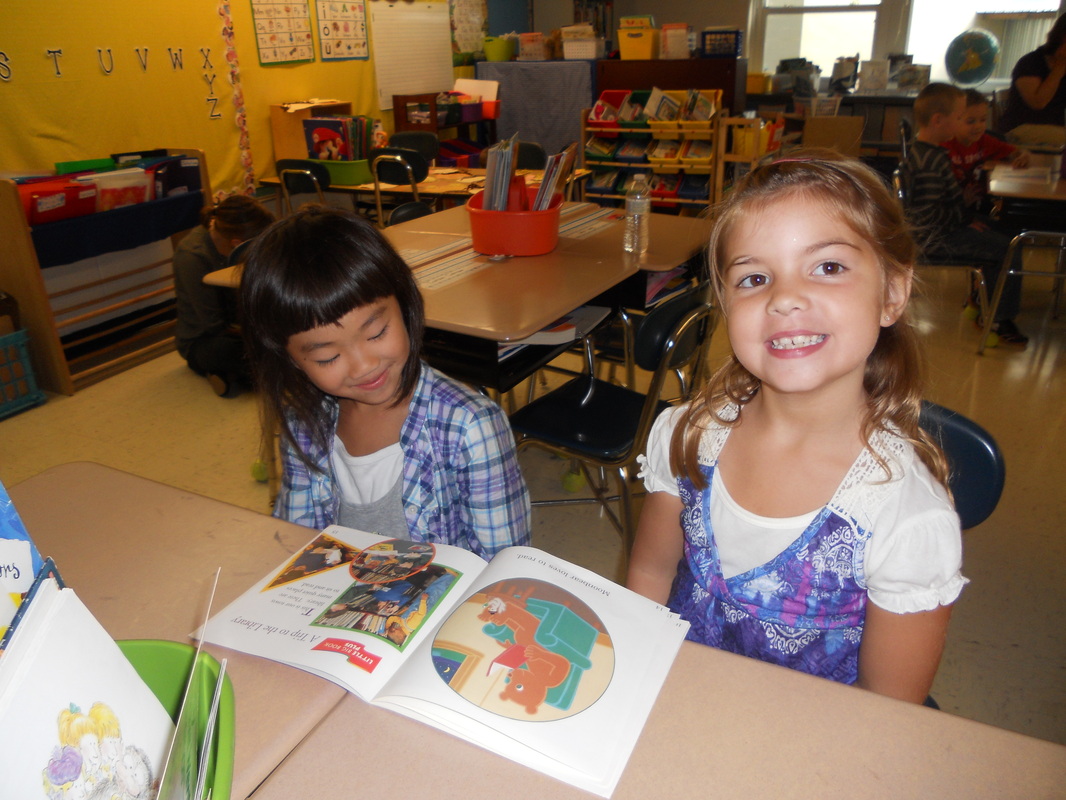
Navigating First Grade: Strategies for Success in the Classroom
First grade is a pivotal year in a child’s educational journey. It’s the year where foundational skills in reading, writing, and mathematics are solidified, setting the stage for future academic success. For many children, being a part of a class of first graders is their first real experience in a structured learning environment. This article will delve into effective strategies for navigating the first grade classroom, focusing on academic, social, and emotional development, and offering practical advice for parents and educators alike.
Understanding the First Grade Curriculum
The first grade curriculum typically focuses on building essential skills in several key areas. Let’s explore these areas in more detail:
Reading and Literacy
Reading instruction in first grade emphasizes phonics, fluency, and comprehension. Children learn to decode words, understand sentence structure, and engage with stories. Common activities include:
- Phonics Instruction: Learning the relationship between letters and sounds.
- Sight Words: Memorizing commonly used words that may not follow phonetic rules.
- Guided Reading: Reading in small groups with teacher support.
- Read-Alouds: Listening to and discussing stories read by the teacher.
Encouraging children to read at home is crucial. Providing a variety of books and making reading a fun and engaging activity can significantly improve their literacy skills. [See also: Fostering a Love of Reading in Early Childhood]
Writing Skills
Writing in first grade focuses on developing basic sentence construction, grammar, and spelling skills. Activities may include:
- Journaling: Writing daily entries about their experiences.
- Sentence Building: Constructing simple sentences with proper subject-verb agreement.
- Spelling Practice: Learning and practicing common spelling patterns.
- Creative Writing: Writing short stories or poems.
Providing opportunities for children to write, even if it’s just a few sentences a day, can help them develop confidence and fluency in their writing skills. Focus on encouraging effort and creativity rather than perfection at this stage.
Mathematics
The mathematics curriculum in first grade typically covers basic addition, subtraction, number sense, and geometry. Children learn to:
- Count to 100: Understanding number sequences and patterns.
- Addition and Subtraction: Solving simple addition and subtraction problems.
- Number Bonds: Understanding the relationship between numbers and their parts.
- Geometry: Identifying and describing basic shapes.
Using manipulatives such as blocks, counters, and number lines can help children visualize mathematical concepts and make learning more engaging. [See also: Making Math Fun for Young Learners]
Science and Social Studies
Science and social studies in first grade introduce children to basic concepts about the natural world and their community. Topics may include:
- Plants and Animals: Learning about different types of plants and animals and their habitats.
- The Five Senses: Exploring the world through sight, sound, touch, taste, and smell.
- Communities: Learning about different types of communities and the people who live in them.
- History: Introducing basic historical concepts and figures.
Hands-on activities, such as experiments, field trips, and group projects, can make learning about science and social studies more engaging and memorable for first graders.
Social and Emotional Development in First Grade
In addition to academic skills, first grade is also a crucial time for social and emotional development. Children learn to interact with their peers, follow rules, and manage their emotions.
Building Social Skills
First graders are learning to navigate social situations and build relationships with their classmates. Teachers often facilitate activities that promote:
- Cooperation: Working together on group projects and activities.
- Sharing: Sharing materials and taking turns.
- Communication: Expressing their thoughts and feelings in a respectful manner.
- Conflict Resolution: Learning how to resolve conflicts peacefully.
Parents can reinforce these skills at home by encouraging their children to play with others, share toys, and resolve conflicts peacefully. Role-playing different social scenarios can also be helpful.
Emotional Regulation
Learning to manage emotions is an important part of first grade. Children may experience a range of emotions, such as excitement, frustration, and anxiety. Teachers can help children develop emotional regulation skills by:
- Identifying Emotions: Helping children recognize and name their emotions.
- Developing Coping Strategies: Teaching children strategies for managing their emotions, such as deep breathing or taking a break.
- Promoting Empathy: Encouraging children to understand and respond to the emotions of others.
Parents can support their child’s emotional development by providing a safe and supportive environment where they feel comfortable expressing their emotions. Listening to their child’s feelings and validating their experiences can help them develop emotional resilience.
Strategies for Success in the First Grade Classroom
Here are some strategies that can help first graders succeed in the classroom:
Creating a Supportive Home Environment
A supportive home environment can significantly impact a child’s success in first grade. Parents can create a supportive environment by:
- Establishing Routines: Creating consistent routines for homework, bedtime, and meals.
- Providing a Quiet Study Space: Designating a quiet space for homework and reading.
- Encouraging Independence: Allowing children to take on age-appropriate responsibilities.
- Communicating with the Teacher: Staying in regular communication with the teacher to monitor progress and address any concerns.
Engaging in Active Learning
Active learning strategies can help first graders stay engaged and motivated in the classroom. Teachers can promote active learning by:
- Using Hands-On Activities: Incorporating hands-on activities, such as games, experiments, and art projects.
- Encouraging Participation: Creating a classroom environment where children feel comfortable asking questions and sharing their ideas.
- Providing Choices: Allowing children to choose from a variety of activities to increase engagement.
- Using Technology: Integrating technology, such as interactive whiteboards and educational apps, to enhance learning.
Addressing Learning Challenges
Some first graders may experience learning challenges that require additional support. It’s important to identify and address these challenges early on. Common learning challenges in first grade include:
- Reading Difficulties: Struggling with phonics, fluency, or comprehension.
- Writing Difficulties: Having trouble with sentence construction, spelling, or handwriting.
- Math Difficulties: Struggling with number sense, addition, or subtraction.
- Attention Deficit Hyperactivity Disorder (ADHD): Having difficulty focusing, staying organized, or controlling impulses.
If you suspect that your child is experiencing learning challenges, it’s important to talk to their teacher and seek professional help. Early intervention can make a significant difference in a child’s academic success. [See also: Identifying and Addressing Learning Disabilities in Children]
The Role of Parents and Educators
The success of first graders in the classroom depends on a strong partnership between parents and educators. Parents and educators can work together to:
- Communicate Regularly: Maintaining open and frequent communication to share information and address concerns.
- Set Goals: Setting clear and achievable goals for the child’s academic and social development.
- Provide Support: Providing the child with the support and resources they need to succeed.
- Celebrate Successes: Recognizing and celebrating the child’s achievements, both big and small.
First grade is a crucial year for young learners. By understanding the curriculum, fostering social and emotional development, and implementing effective strategies, parents and educators can help first graders thrive in the classroom and beyond. A positive and supportive learning environment is key to ensuring that these young students develop a love for learning and build a strong foundation for future success. The experience of being in a first grade class can be transformative, shaping their academic trajectory and social skills for years to come. Remember that every child learns at their own pace, and celebrating individual progress is just as important as achieving academic milestones. The journey through first grade should be an enjoyable and enriching experience for both the children and those who support them.

